Freshwater Vs. Saltwater Pearls: Quick Ways To Choose One!

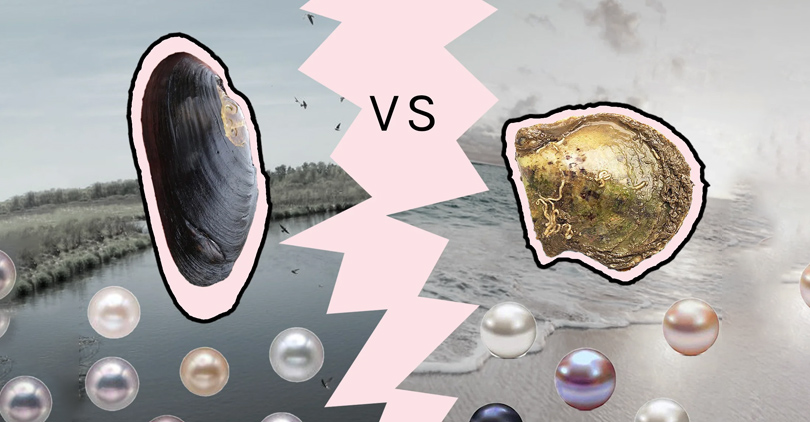
Freshwater pearls show thick nacre with soft and dewy luster, whereas saltwater pearls offer thin nacre with a crisp, mirror, or satin-look finish.
While picking a pearl necklace, pendant, ring, or earrings, various pearls can confuse you with hundreds of options. Even these pearls' unique characteristics lead to misguiding when choosing a desired piece of jewelry.
Once you understand the freshwater and saltwater pearls, you can pick the desired color, shape, and shine for jewelry. So, please scroll through our detailed guide to understand the difference and buy the right one.
Difference Between Freshwater and Saltwater Pearls
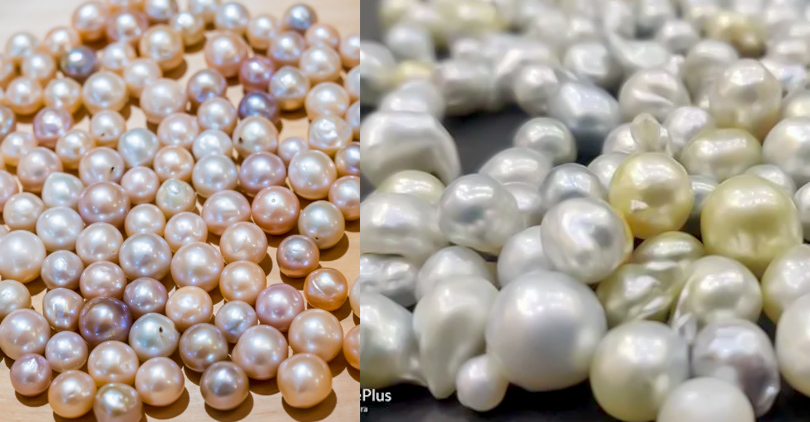
Factors like pearl origin, shape, color, and pricing can differentiate fresh and saltwater pearls. Let's dig into these pearl factors in detail.
Pearl Origin
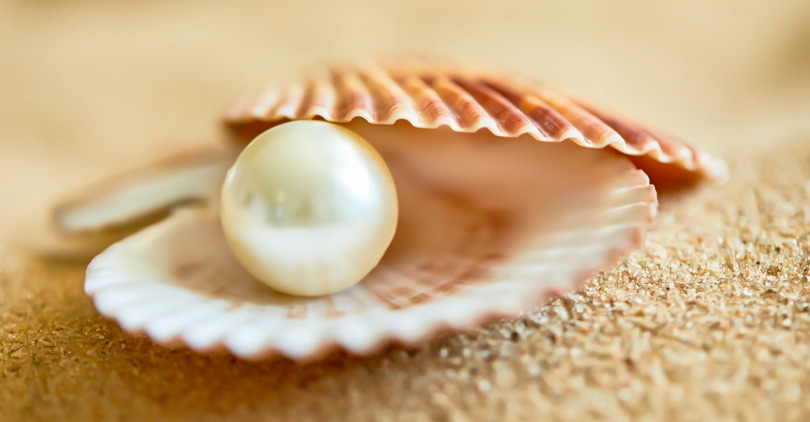
Freshwater pearls are mainly found in freshwater rivers and lakes, originating from the regions of China and Japan. Recently, a few pearl farms started freshwater pearl cultivation in the different states of the USA.
On the other hand, saltwater pearls are found in saline environments of bays and lagoons, originating from the Philippines, Japan, Australia, Indonesia, Thailand, and French Polynesia.
However, most of the world’s farms and leading sources of pearls are in Japan, China, Australia, and Indonesia.
Pearl Shape
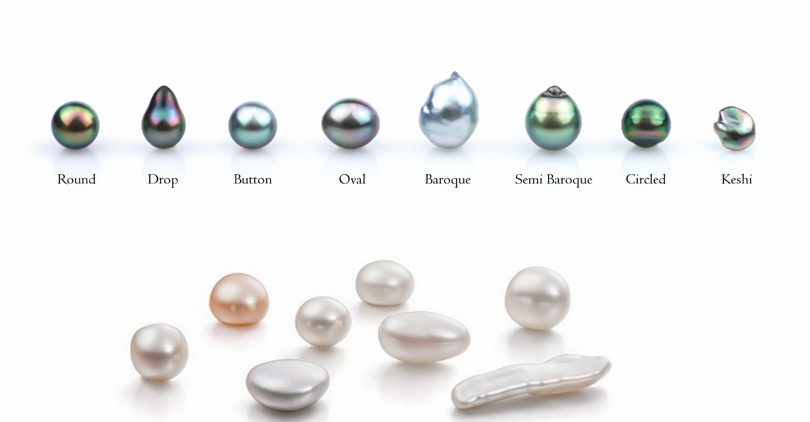
Due to human intervention in inserting the bead, freshwater pearls forming around the bead become irregular. Besides, the thin nacre layers form faster and face different interruptions that decrease the amount of round or semi-round pearls.
Based on the Jewelry Guide, the spherical bead on saltwater pearls results in round or semi-round pearls with a smooth finish. Even the thick nacre shows variations in shapes, leading to the rarest pearls for exceptional jewelry.
Pearl Luster
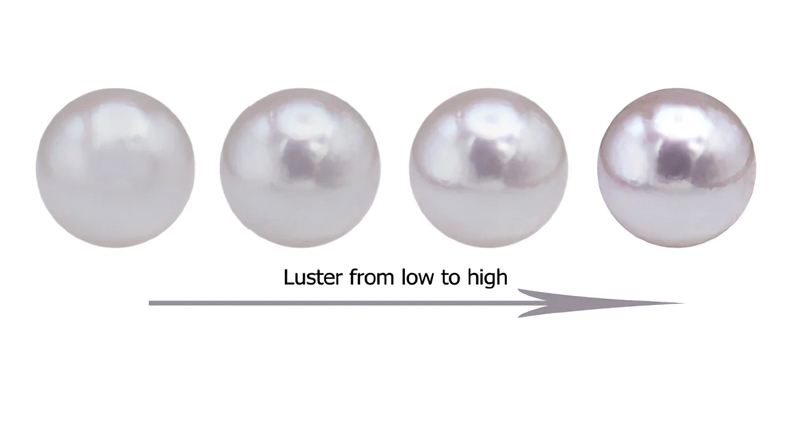
Since the nacre layers of freshwater pearls form faster than saltwater ones, the luster becomes soft and dewy. On the flip side, the thinner nacre layers of saltwater pearls slowly make a solid pearl with a brilliant, lustrous shine.
In addition, a slow oyster’s metabolism causes a compact nucleus that offers a crisp, mirror-like finish on Akoya pearls and a soft, satin-look finish on South Sea pearls. In short, the pearl-forming process decides the luster with a sharper, high-shine finish.
Pearl Color
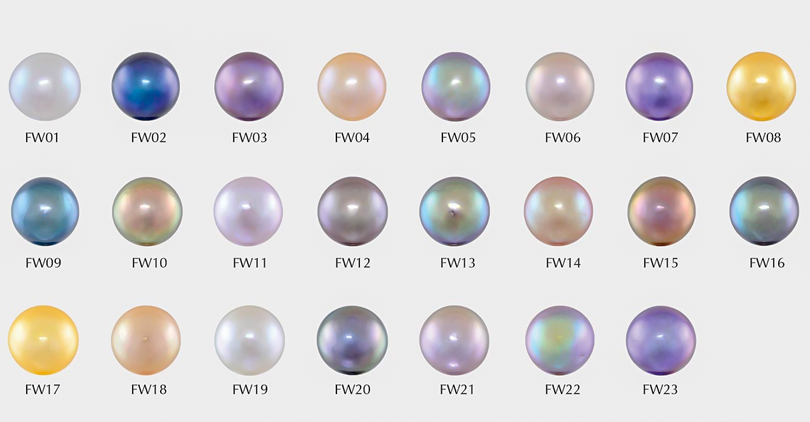
Freshwater pearls show white, off-white, or cream colors, whereas saltwater pearls offer white, golden, blue, black, green, or pink colors.
Freshwater pearls mimic the nacre while growing, causing a vast color range with various hues and tones. Due to the jewelry demand, some freshwater pearls go through natural dying to achieve the desired color.
Saltwater pearl varies from white to black depending on the pearl type. South Sea pearls offer silver, white, or golden pearls, while Tahitians include black, purple, silver, or green colors.
Further, Akoya Pearl gives vast options in white, rose, silver, cream, gold, and gray colors with several hues and overtones.
Pearl Price
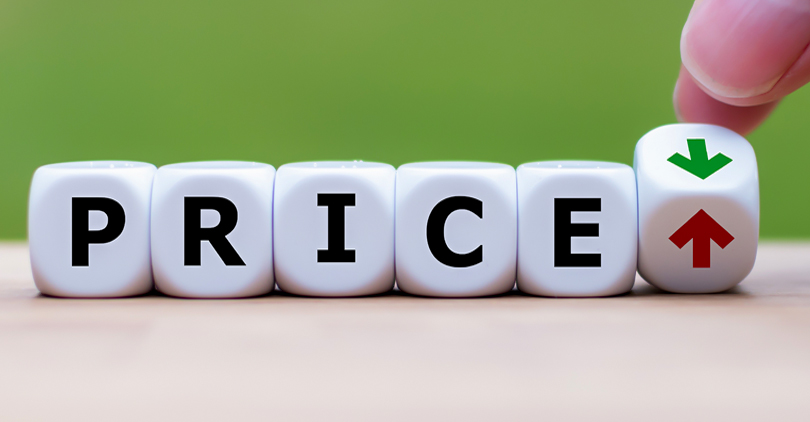
Saltwater oyster tends to form just one pearl in a lifetime, while 5 to 120 pearls can develop in a single freshwater mollusk. As a result, a freshwater pearl strand costs $100 to $10,000, whereas a saltwater pearl strand costs $1,000 to $50,000.
On top of that, saltwater pearls are challenging to cultivate, making them a desirable and expensive option for jewelry. On the contrary, oyster farms produce tons of freshwater pearls, decreasing jewelry costs.
How Can I Choose Saltwater Pearls Over Freshwater Ones?
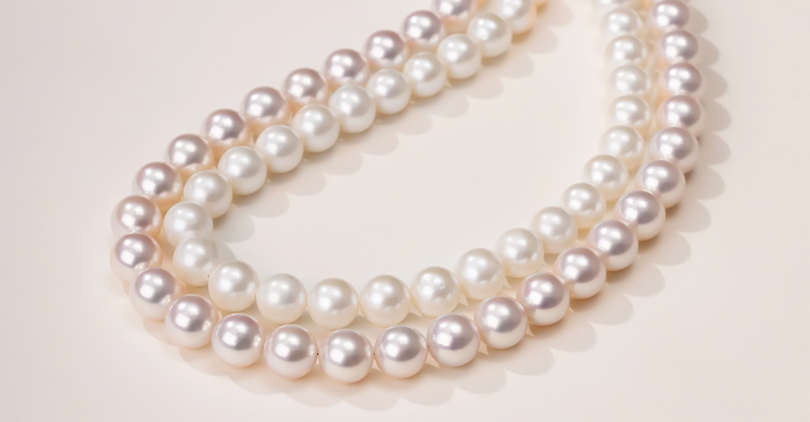
Freshwater pearls include more nacre percentage than saltwater ones, but the low-quality nacre produces a bit softer and duller colors. On the other hand, the thin nacre layers of saltwater pearls create a brilliant, lustrous shine with better color variation.
According to Hellas, saltwater pearls offer several colors, including white, golden, blue, black, green, or pink, making your jewelry versatile for several outfits. Check the color reflection on a close inspection to enjoy the vast options of saltwater pearls.
In addition, saltwater pearl strands cost 4 to 5 times more than freshwater ones, but some fake stores sell them cheaply. So, buy the original pearl from White Victoria to pick authentic saltwater pearl jewelry.
Why Are Saltwater Pearls More Expensive?
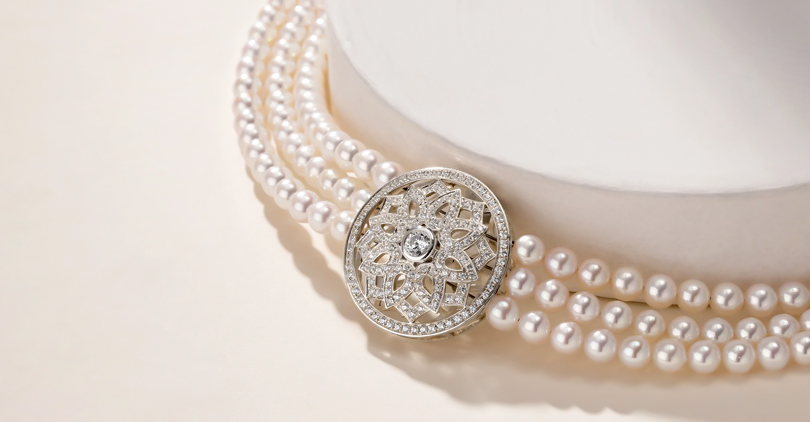
Saltwater pearl farms are mainly located in saline environments near bays and lagoons. Besides, thin nacre layers take years to form a solid saltwater pearl with a mirror-like finish.
Due to the extreme farm location and slow nacre formation, the cultivation process becomes challenging and time-consuming. As a result, saltwater pearls are a desirable and expensive option for jewelry lovers.
Bourdage Pearl states saltwater pearl strand costs up to $50,000 as the oyster tends to form just one pearl in a lifetime. However, the hard nacre gives years of durability without color fading or peeling, making your investment worthwhile.
Warp Up
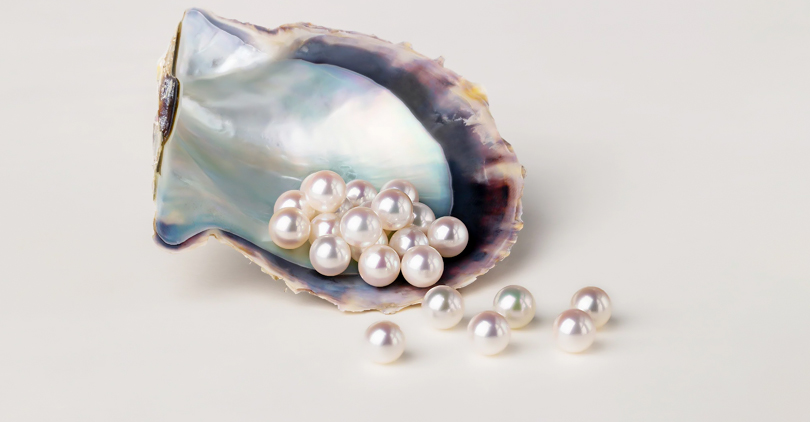
Thin nacre layers of saltwater pearls create a brilliant, lustrous shine, while thick nacre of freshwater pearls make luster soft and dewy. Even saltwater pearl shows a kaleidoscopic array of colors in the artistic realm of jewelry.
On top of that, slow nacre formation and complex cultivation processes make saltwater pearls more expensive than freshwater ones. So, pick the right pearl jewelry to mesmerize iridescence with colorful shine!


Leave a Comment